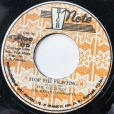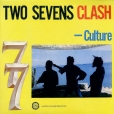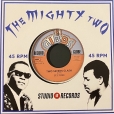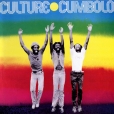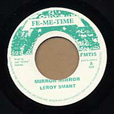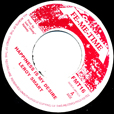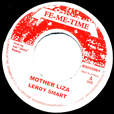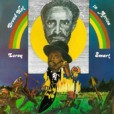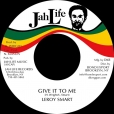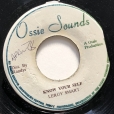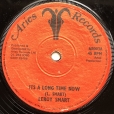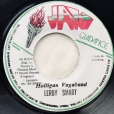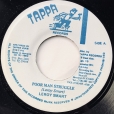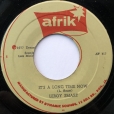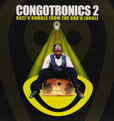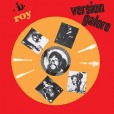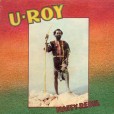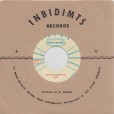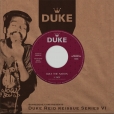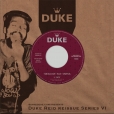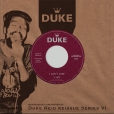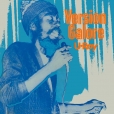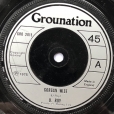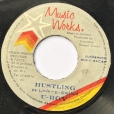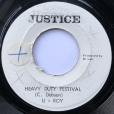Your basket is empty

Killer Jimmy Radway rhythm, brilliantly voiced.
Three the hard way — the Don at the mic, Roots Radics, Scientist — in the early eighties. Previously unreleased.
The monumental Treasure Isles.
Your ace from space, with version from creation.
What a record. The studio debut of the mighty Daddy U-Roy in 1969, sparring with Val Bennett over Old Fashioned Way, both of them wigging out like a couple of beboppers, with the ghost of John Holt on the backing tape. “The studio is kinda cloudy,” reports U-Roy — and everyone sounds lit but utterly inspired. Pure vibes.
“My first tune I ever do was Dynamic Fashion Way with Keith Hudson, and then I do Earth’s Rightful Ruler for Scratch. Those tunes didn’t get very far, them sell a couple hundred.”
Cornerstone stuff. Show some respect and chuck your bootleg.
Wildly creative and exuberant, and seismically innovative, here are all Daddy U-Roy’s Treasure Isles — the two LP collections Version Galore and eponymous U-Roy from back in the day, plus seventeen well-chosen bonus tracks, including the spare sevens, alternate takes, studio chat, and a bunch of deadly instrumentals. Deliriously great music; absolutely indispensable.
